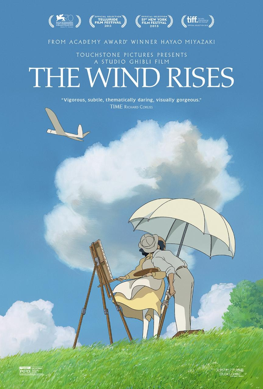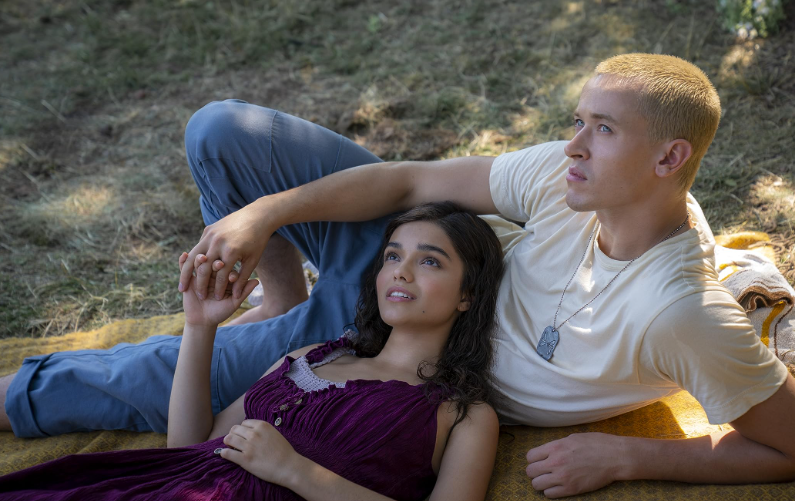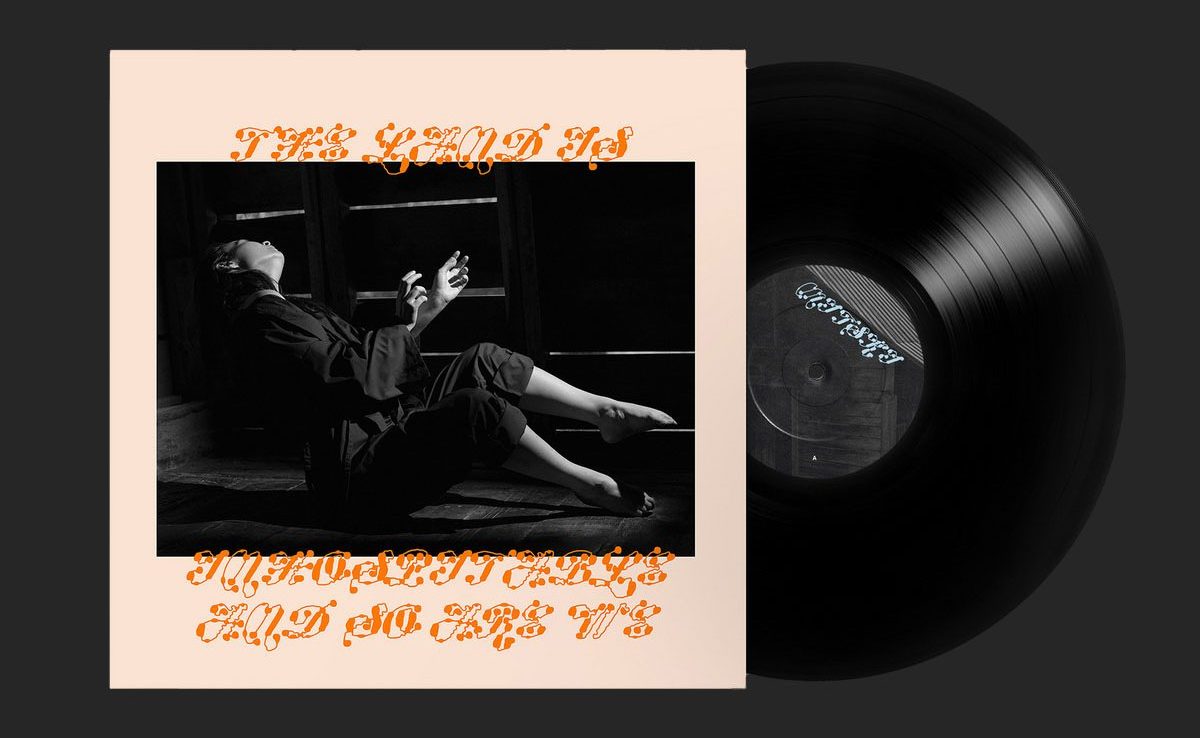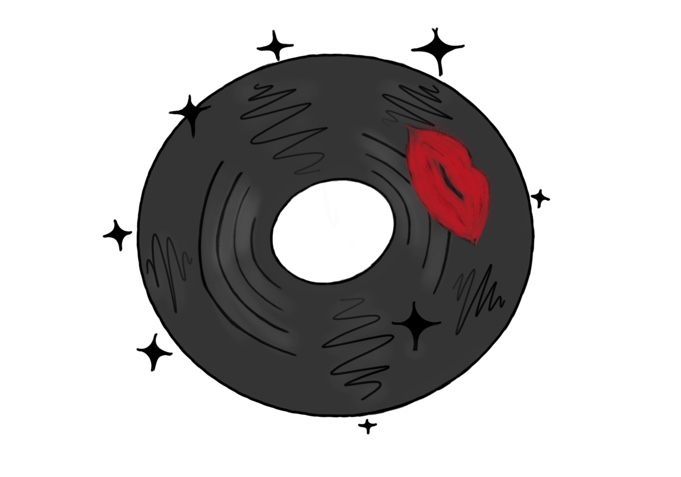 “The wind is rising!…We must try to live!” – Paul Valery in The Graveyard by the Sea
“The wind is rising!…We must try to live!” – Paul Valery in The Graveyard by the Sea
In the eve of the war, Japan introduced A6M Zero fighter planes, and it was the most innovative airplane the Japanese ever designed. During World War 2, there was a manufacturing company, Miyazaki Airplane, that made rudders for Zero fighter planes, and the director of this company was Katsuji Miyazaki. His son, Hayao, later became animator and directed several animated TV shows including Lupin III, Sherlock Hound and Future Boy Conan.
In 1979, Hayao Miyazaki directed his first feature animated film, The Castle of Cagliostro, a Lupin III adventure movie. The movie was a smash hit, and opened more opportunities for him to make another film. His second film, Nausicaa of the Valley of the Wind, released in 1984 and it was successful enough for Miyazaki to form his own animation studio, the famous Studio Ghibli. While working on Nausicaa of the Valley of the Wind, Miyazaki met a young animator named Hideaki Anno, who drew the God Warrior’s attack scene which later became one of Anno’s inspirations for his controversial, yet influential mecha anime series Neon Genesis Evangelion.
The humanistic themes of his movies and his morally complex views made him a notable figure in anime industry. Miyazaki inspired many animators in the West, including Pixar Animation studio founder John Lasseter, who considers Miyazaki his best friend and mentor.
More than a decade after he won a Best Animated Feature Oscar for Spirited Away, currently the highest grossing film in Japan, he announced his retirement, and released his final film. This film, The Wind Rises, is about an engineer who designed A6M Zero fighter plane, and it features his recurring flight motifs, and the subject of the film, Jiro Horikoshi, was voiced by his Nausicaa animator, Hideaki Anno.
Much like his previous anime films, The Wind Rises felt very alive to the point that it felt like I was watching a live-action feature. It is perfect enough to be an emotional farewell letter to the longtime viewers of his movies.
The film is a fictionalized retelling of Jiro Horikoshi’s life, the designer of the Zero fighter planes. It begins with Horikoshi (English dubbed by Joseph Gordon-Levitt) dreaming about flying in his own plane. He is so passionate about airplanes and dreams about him sharing a moment with real-life Italian plane designer Giovanni Caproni (voiced by Stanley Tucci). To pursue getting a career in aircraft industry, he goes to Tokyo to study engineering. Along the way, he meets a girl named Naoko (voiced by Emily Blunt), who is traveling with her maid, and this is where the romance subplot starts.
The visuals are so beautiful to watch, and so vivid that it even made me tear up. What makes Miyazaki films so powerful is his strong visual storytelling. I remember watching his films on VHS when I was a kid. Even without subtitles, I understood what was going on. That is how powerful his movies are.
The vibrant depiction of Horikoshi’s dream is reminiscent of the works of Terry Gilliam and Federico Fellini. We see the source of inspiration for the main character’s design, and the personal motivation he is going through.
Not only that, the use of animation helps to explain the mechanization of Horikoshi’s plane models. It shows how and why the earlier plane model failed, almost like a presentation.
English dubbing is quite impressive as well. Just like most of Disney’s dubbing, the all-star cast had a fun time voicing characters. The most memorable of them all is Werner Herzog, a famous German filmmaker, as a character named Castrop who assists the romance between the main character and his lover Naoko.
The score by Joe Hisaishi, is just as phenomenal as most of his collaborations with Miyazaki. Listening to a mix between harmonica and guitar, along with orchestral music, it felt like I was in a dream. The score fits together perfectly with the life during pre-World War 2 Japan and Horikoshi’s determination.
The Wind Rises deserves masterpiece status and is a perfect conclusion to Miyazaki’s animation career. Horikoshi’s passion in airplane design reflects Miyazaki’s fascination with flight and his larger influences in film-making. It is a must-see film, especially for Miyazaki fans.
By Jay Whang
















































































